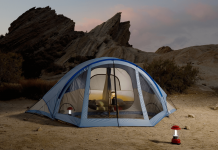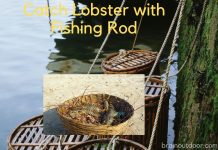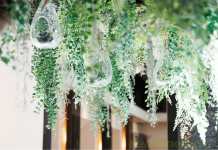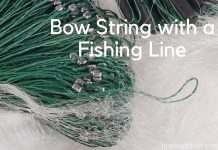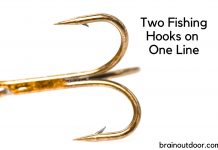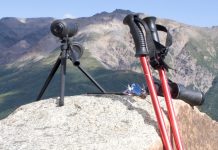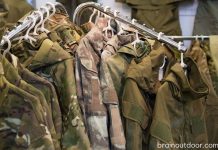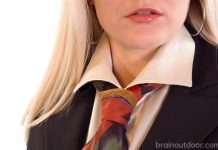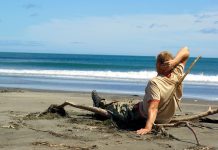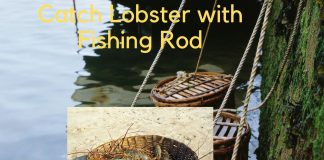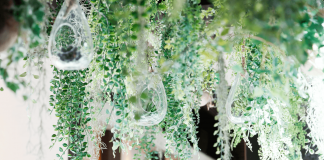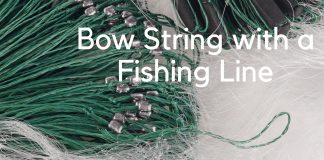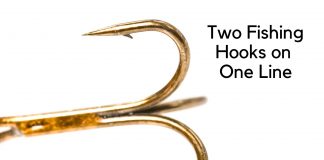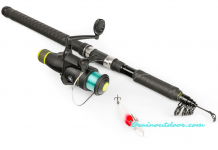When it comes to fishing, there are usually angling methods one can apply. Fly fishing is common and has become a hobby for most people. There are many types of ways one can use to catch fish and fly fishing is one of them.
Fly fishing is catching fish by using a lightweight lure, which is usually an artificial fly. What makes this type of fishing different from others is the technique used. Fly fishing is versatile, and you can do this either on fresh or salty water bodies. A fly line and some flies are enough to keep your fly-fishing game on.
The Species of Fish to Catch
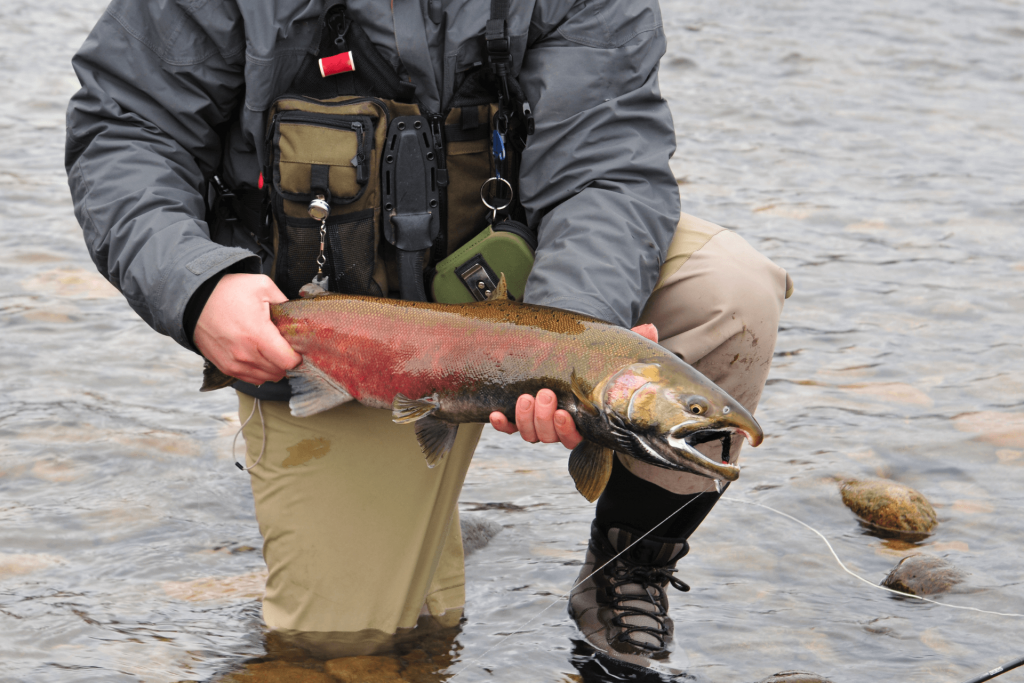
When fly fishing, you are going to catch some fish or hope to catch some. Fishing is either a catch or a miss. But what kinds of fish can you be lucky to get with this type of fishing method?
The moment you lower your fishing rod on water, you have no idea what will come upon the water. Common fish species you are bound to catch in freshwater are trout. Others include sunfish, carp, salmon, and so forth. Marine water fish that gets attracted are bonefish, snook, barracuda, etc. Sometimes the fly might end catching something different from any of these, such as tunas, sharks among others. Good bait can surprise you.
Fishing Gear for Fly Fishing
Different fishing methods require different gears. Some are similar, but on other occasions, you may need to go a little overboard. For an amateur, you do not need a whole bunch of every gear available on the market. When you advance, you realize additional gears to incorporate in your fishing techniques. The most important things needed for fly fishing are:
- Flies
- Fishing line
- Rod
Everything you need is customizable. You get to choose the line, rod or flies to use. It all depends on the type you want to lure to catch.
Flies
Fly fishing is not complete without flies, and this method does not use live bait to catch fish. For this reason, it’s best to have artificial flies at hand. Most of these are locally available, and different species are attracted to different types of flies. Artificial flies can either be: nymphs, streamers, or dry flies.
Flies vary in size, movement, shapes, and colors. They attract the fish and lure them to eating it before they get trapped. The flies mimic the natural food a fish normally feeds on. Larger flies are ideal for when fishing on large water bodies. Stick to small flies if you intend to fish on streams or any small water bodies.
Leaders and trippets
Fish can get scared when they notice a trap on their way. The leaders and trippets prevent that by ensuring your fishing experience is smooth and less attention created to scare away the fish. Leaders and trippets come in various sizes to choose from for fishing.
Lines
The advantage of fly fishing is that you customize everything how you want it. You choose everything to match your style of fishing. The sizes of the flies determine the choice of line to use. Lines make it easier to cast when fishing as they get tapered.
How to Cast When Fly Fishing
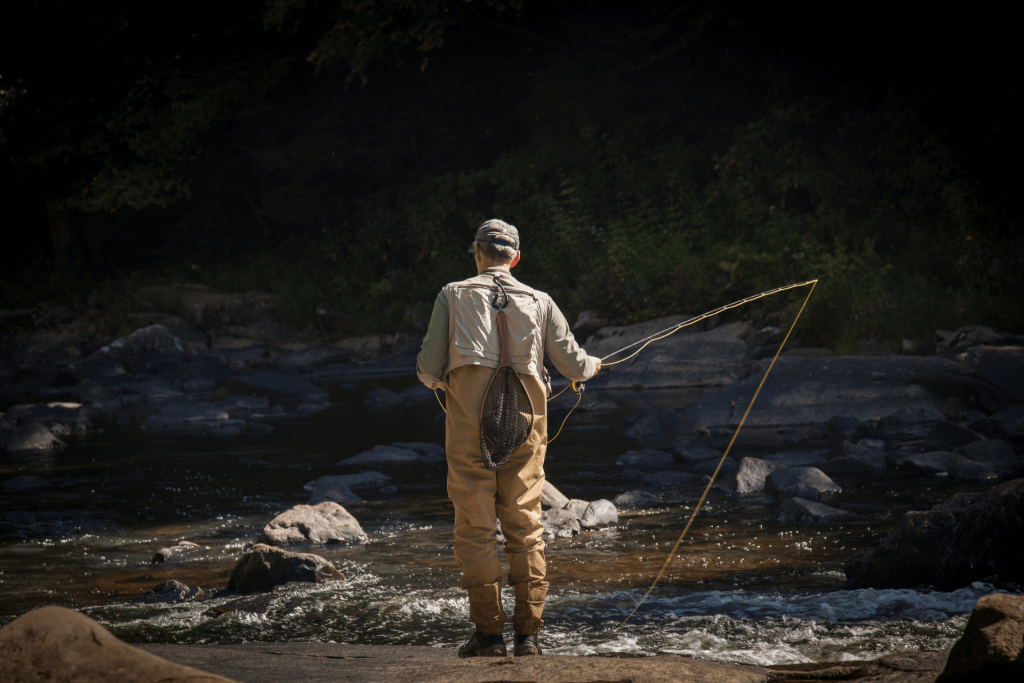
With this method, you cast the line instead of the lure. There are various techniques to apply when casting the rod. The line is usually heavier than the lure to support the weight of the lure. As aforesaid, the lures are rather artificial instead of living baits, thus making them feel lighter. One can either use the forward cast or the Spey cast methods.
- Firmly grip it with your dominant hand and let it face the water surface. Still, waters or moving waters are places to fish. The thumb faces forward, and the other four fingers clasp onto it.
- Quickly pull the rod back over your head at a 45 degrees angle.
- To cast it, a reverse motion of what you previously did is required. Let the rod pass over your head again, leading it to the front. In slow movements, lower it to the initial position on step 1.
- Go back and forth, repeating several times until you get a good catch.
Tying flies
Fishing is never complete without properly tied flies. The flies stay intact while still floating on water. There are many patterns to use, and it all depends on the selected type and size of the fly. Tying flies will require additional tools, even with the basic gear at hand.
Tools required for tying flies include:
Vise: A vise holds the hooks firmly, and quality vise is key to great fly fishing.
Bobbins and bobbin threader: These hold the thread while you are wrapping when creating knots.
Hackle pliers: These pliers are for fur flies; it’s also a good tool for alignment.
Scissors: After tying knots, a scissor is essential in trimming off the excess threads.
Whip finishers: They secure the fly firmly before trimming the excess.
Head cement: It is the glue used for securing the wraps, the tied knots and also adds a good finish to the tied knots.
Bodkin needle: Its use is to pull the threads and other things that may get stuck where they shouldn’t be.
Other materials one needs when considering fly fishing are:
- Hooks
- Thread
- Head cement
- Lead wire for adding weight and making sinking easy.
- Hackle to mimic the legs and wings of a fly
- Elk’s hair
- Goose baits to mimic legs, wings, and antennae
- Dubbing
Conclusion
The type of knots to use when flying fishing is quite wide. One can choose a double surgeon knot, turtle knot, improved clinch knot, among others. Fly fishing is a sport many people enjoy venturing in. With artificial lures that resemble flies, this method is best for any water. Whether sea or freshwater, moving or still water. It’s a perfect pass time activity to enjoy with family and friends.





